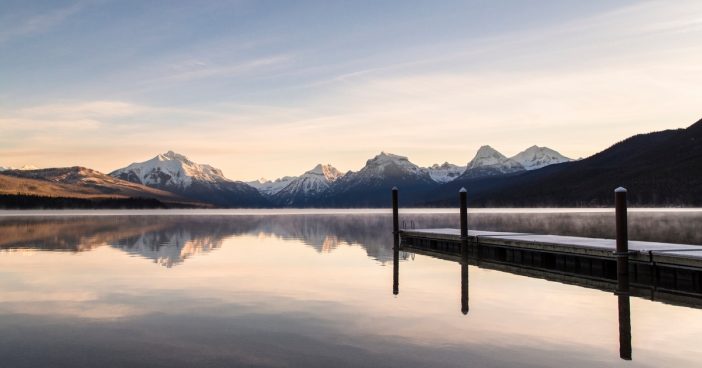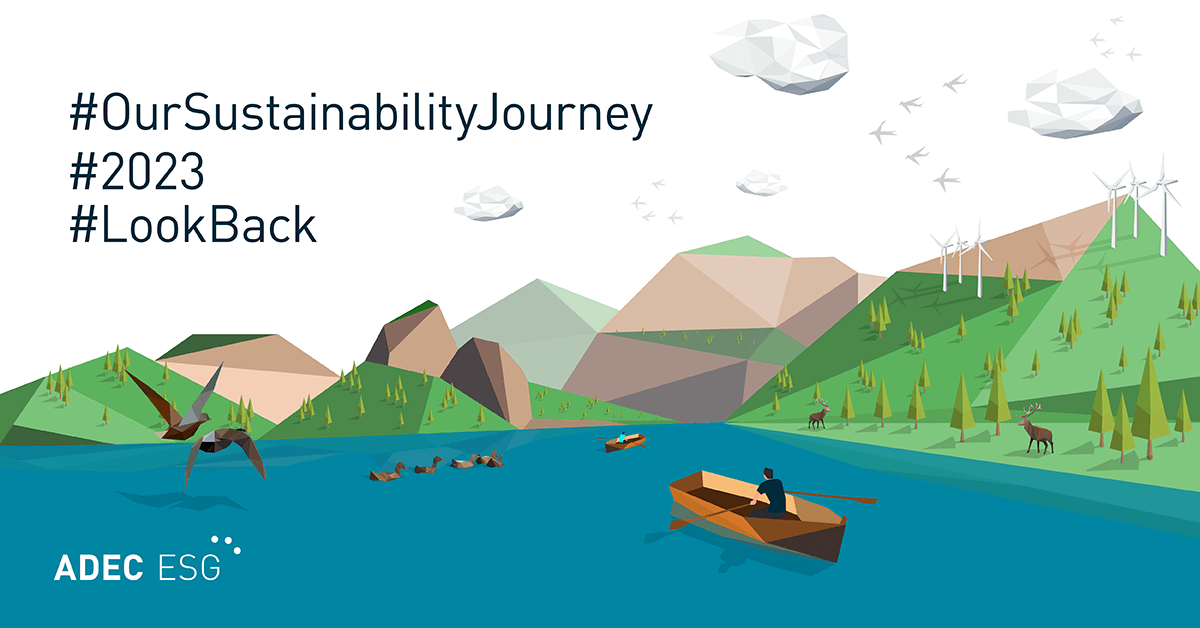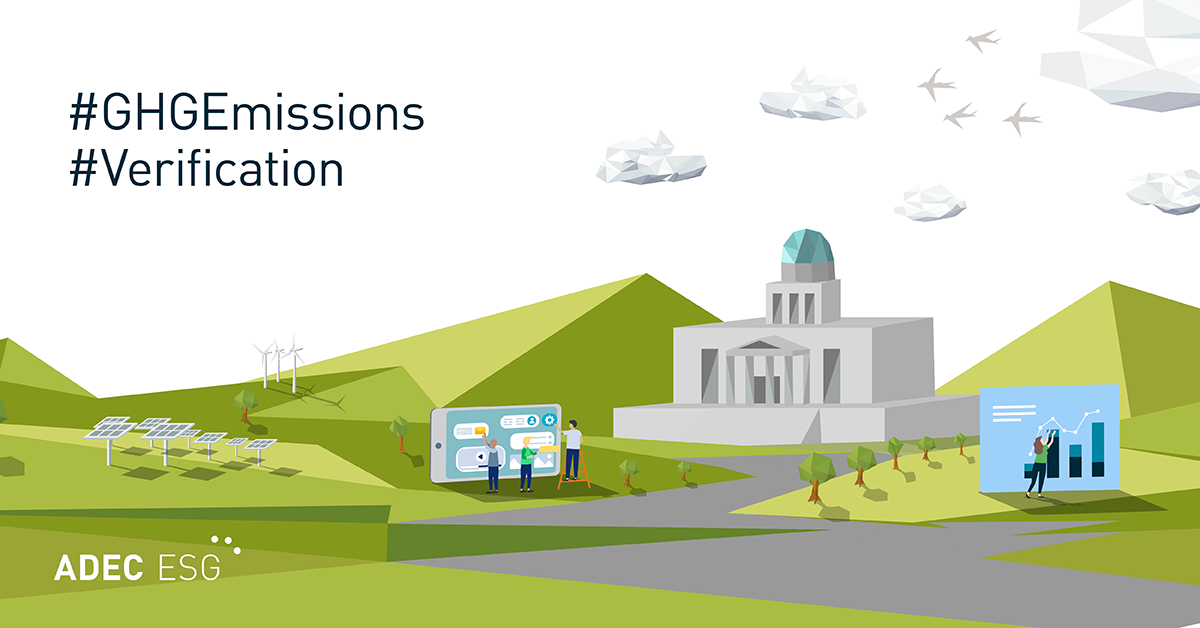About a year ago I wrote a blog entitled “American Antiquities Act of 1906 and the Legacy of Theodore Roosevelt”. In the entry, I wrote about former US President, Theodore Roosevelt, and his ranch in North Dakota and how it might have sparked his desire to preserve the cultural heritage of America and the Native Americans that were in the surrounding area. It also gave him “a great understanding of the environment with wildlife, plants and water all interacting with the needs of mankind.” That blog spoke of the irony of the legacy of Roosevelt’s ranch house as it is now being threatened by the booming oil and gas industry in North Dakota. The integration of the needs of a pristine environment with the demands of modern society for land, water and energy are coming into conflict in an area where the beginnings of preservation ethic in this country began.
The Los Angeles Times published an article on this topic on November 2, 2013 entitled “North Dakota Oil Boom Brings Worries to Theodore Roosevelt National Park”. The article talks about fracking in North Dakota, a method where fractures are created in rocks and rock forms using sand and water to extract more natural gas and oil, and questions how to balance development with conservation. This balance is in fact the beginning of sustainability. Fracking from this portion of southwestern North Dakota certainly has economic benefits, not only to the region, but to the Nation as a whole.
The Theodore Roosevelt National Park is being surrounded by development, but this has led to increased dust from traffic, diminished water supplies, additional water and air pollution to an area that, as recently as 10 years ago, was relatively pristine, occupied by wildlife, a flourishing plant life and a thriving cattle industry. The lands around the park, both public and private, are open for mineral development. The article notes that some leaseholders and developers “have been mindful of the park [by] listening to concerns before developing”. Park Superintendent Valerie Naylor however, described helping developers recognize their effect on the park as “something like playing Whac-A-Mole”. If one area is determined infeasible, they just go to another area with the same issues and start over again.
This is a big dilemma that occurs not only at Theodore Roosevelt National Park, but in many areas across the country. We as a Nation need both economic development to sustain our society and energy to effectively run our economy. Both are essential, but so are the needs of our society (and all societies) to have clean air, water, and areas where all of nature can be enjoyed by all — finding that balance is the key. How much economic development is enough? How much natural gas and oil do we and others need? What amount of open space is enough to sustain not only our Nation, but the world?
The LA Times article suggests setting up a National Monument on the government land near the park. In reality, Theodore Roosevelt National Park used to be a national monument. By proclaiming the land as a national park, the protected area is much larger than when it was a national monument. As a National Park, the area is protected not only for its historic significance, but also for its “inspirational, educational, and recreational values.”
The solution is to not protect the lands of America (or the World) one at a time, but rather come up with a holistic plan for sustainability and stick with the plan. This will involve examination of places to be preserved and setting laws so that no destructive activity can occur. There are still many wilderness areas that were identified and never put into protection. Much of the federal land across the country is marginally protected from economic development as mineral rights have not been removed.
Protecting the environment and preserving our cultural resources are both fundamental in attaining sustainable development. As we move forward into the future, it is not only economic stability and financial growth that are important. It is also important that we still have plenty of trees, wildlife, clean air, pure water, and pieces of our history to share to our future generations.
ADEC ESG is involved in analysis of these sustainability issues and can assist you in investigating the benefits of protection of resources and the balance of sustainable practices. Contact us today to learn more.




